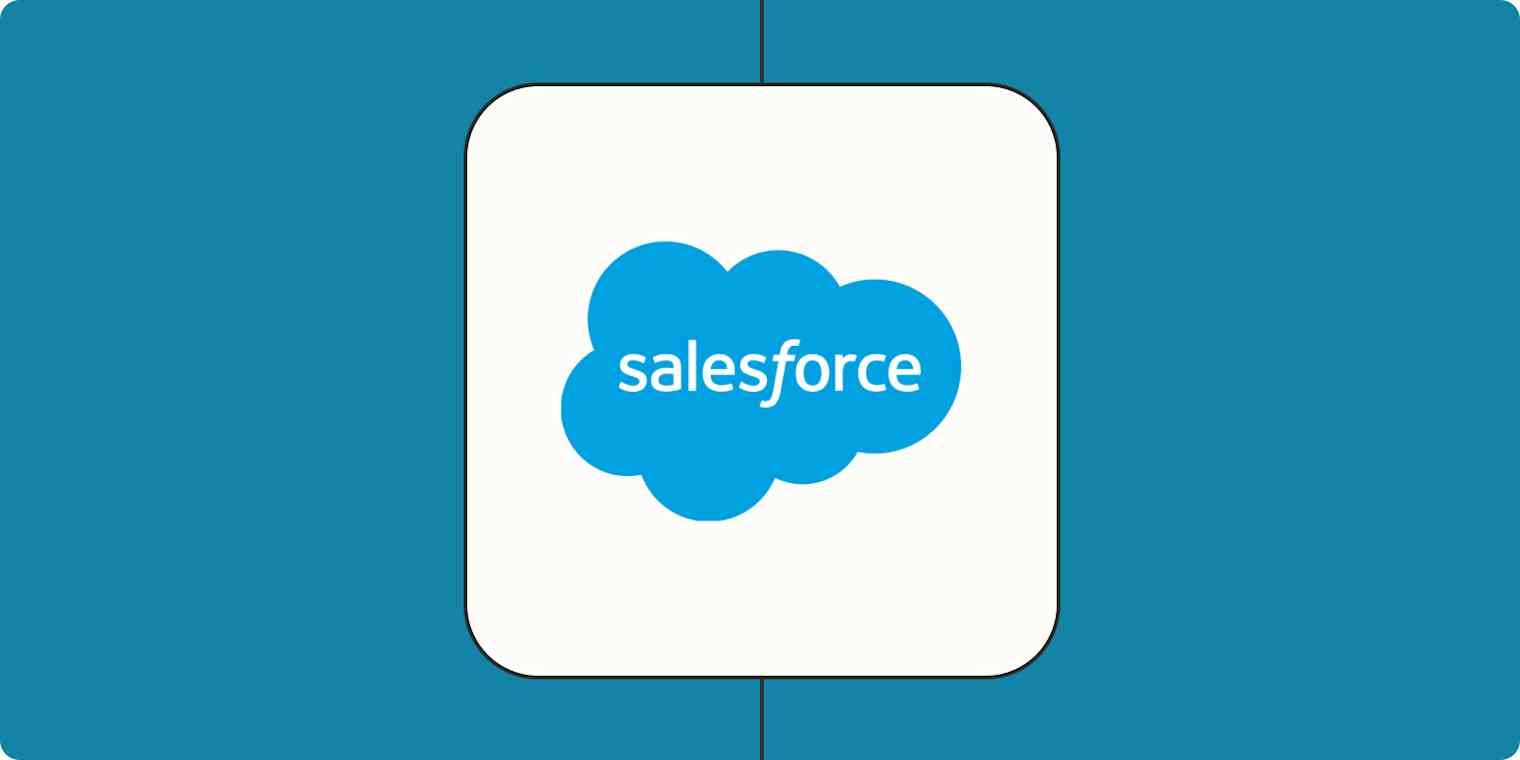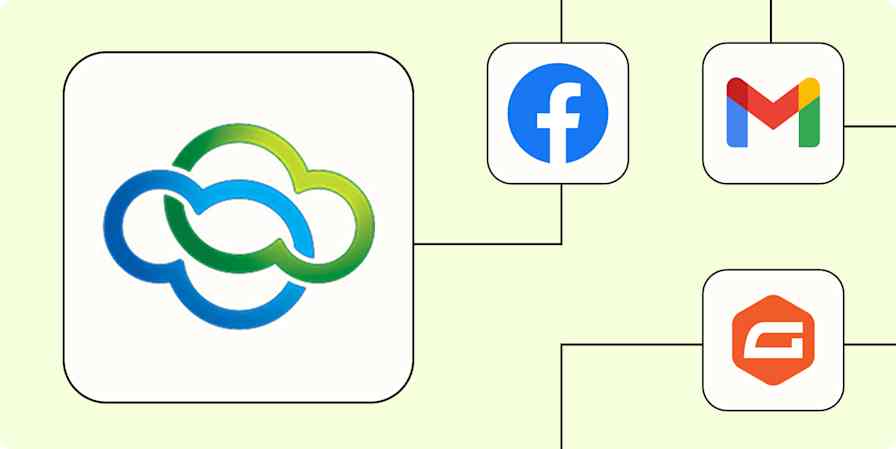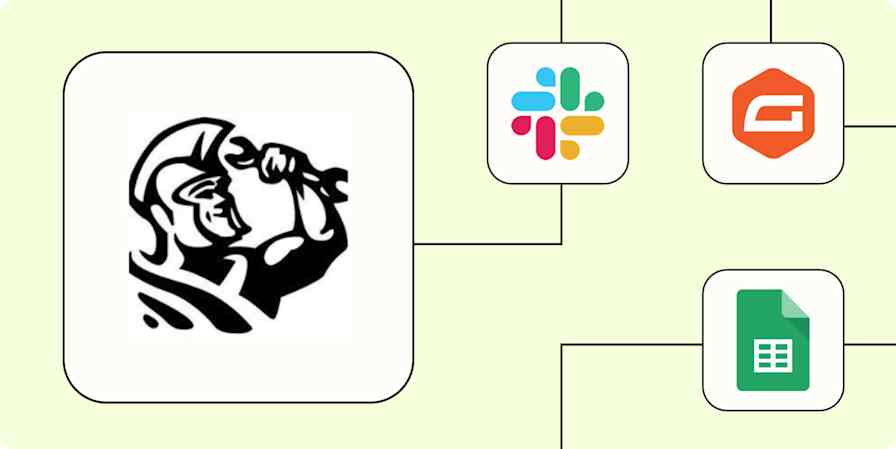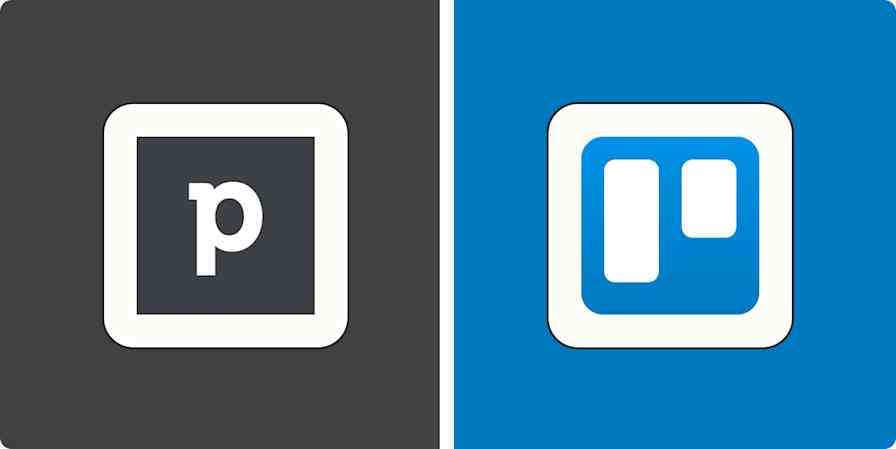App tips
3 min readWhat is a Salesforce custom object?
Learn how to create a custom object in Salesforce—and why you might need to.
By Will Harris · October 21, 2022

Get productivity tips delivered straight to your inbox
We’ll email you 1-3 times per week—and never share your information.
mentioned apps
Related articles
Improve your productivity automatically. Use Zapier to get your apps working together.









